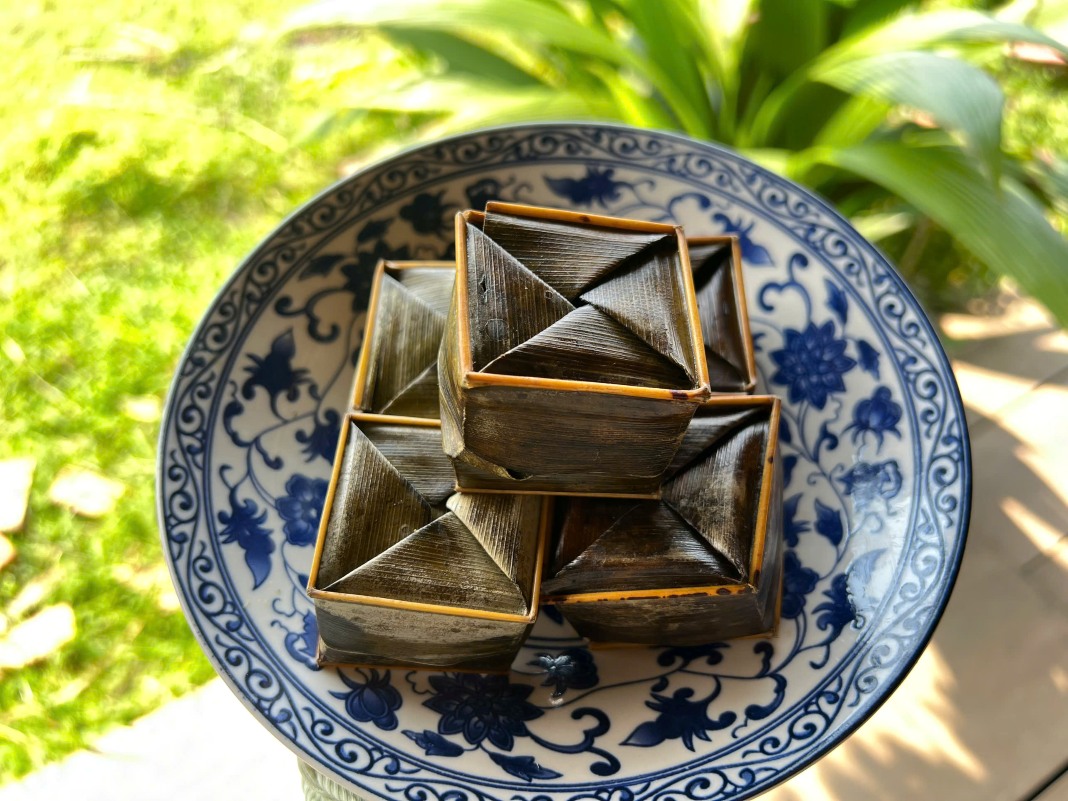Phu the cake, also known as “husband-and-wife cake,” is a traditional Vietnamese dessert that holds deep cultural significance, especially in weddings and engagement ceremonies.

Phu the cake holds deep cultural significance in weddings and engagement ceremonies - Photo: Gia Nghi
Originating from Dinh Bang Ward in Tu Son, Bac Ninh Province, this cake is both a culinary delicacy and a symbol of loyalty and lifelong marital commitment.
According to local legend, the cake dates back to the Ly Dynasty. When King Ly Anh Tong left for battle, the Queen crafted the cake and sent it to him at the front lines. Moved by both the taste and the sentiment, the king named it phu the cake to honor the love between husband and wife. Since then, the cake has become an integral part of Vietnamese wedding traditions.
Crafting the cake is a meticulous process. The main ingredient is high-quality glutinous rice, specifically the “cái hoa vàng” variety. The rice is hand-pounded to extract a fine starch, which is then dried for over two weeks before use to ensure the right texture.
The filling consists of steamed mung beans, sweetened and mixed with finely shredded coconut. Each cake includes four lotus seeds, symbolizing completeness and is often cut into four parts when served.
To create the golden hue of the translucent cake wrapper, artisans use natural dye extracted from dried dành dành flowers. The outer layer is traditionally wrapped in two kinds of leaves: banana leaves inside to prevent sticking and woven pandan or coconut leaves outside for structure.
The cake also comes in a savory version made with glutinous rice flour mixed with coconut milk and shallots, wrapped in coconut leaves, and filled with pork, Chinese sausage, salted egg yolk, and mung beans.
The box itself is square, reflecting the wish for a well-rounded and lasting marriage. The harmonious blend of white coconut, yellow mung bean, green leaves, and red ties mirrors the balance and unity in a lifelong partnership.